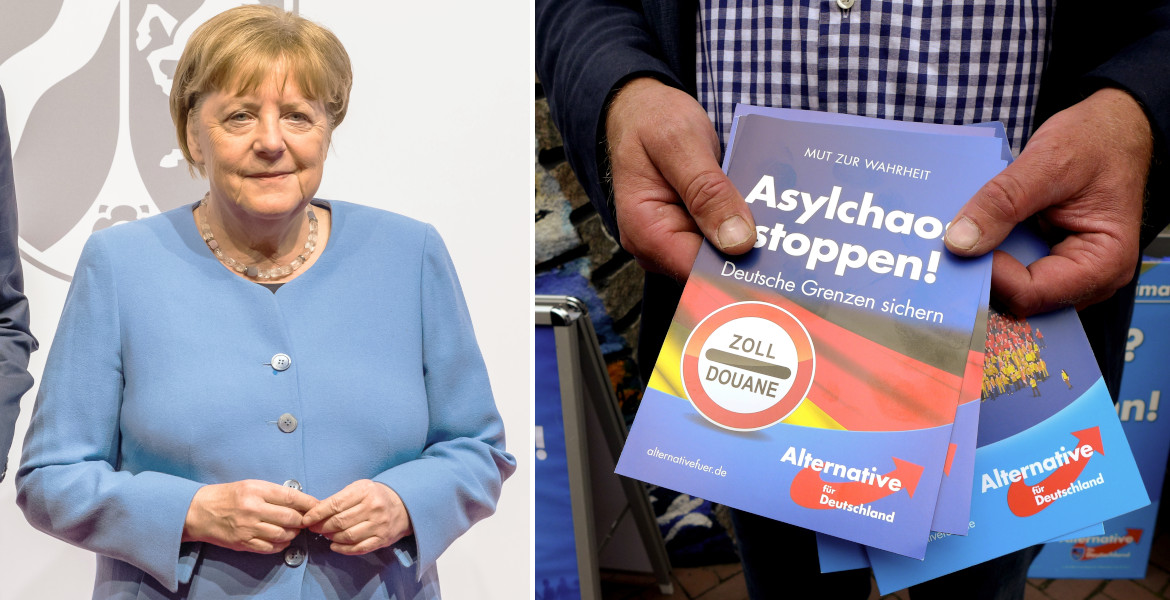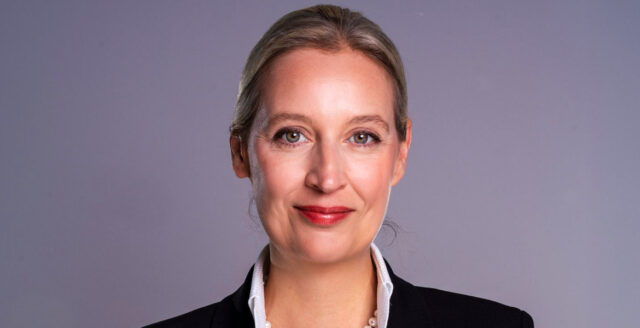One in four young women now say they are unwilling or reluctant to have children in the future, while birth rates are at historically low levels.
Midwife and professor Tanja Tydén points out that there are things that society can do to try to get the birth rate going again, if only the political will exists.
The Nordic Times has previously highlighted the study from Uppsala University, which shows that only 75 percent of young women in Sweden today say they want to have children – a sharp decline from 91 percent just ten years ago.
Of those who answered why they did not want children, most said they simply had no desire to become parents. Health reasons were the second most common reason and the third most common was that they valued their freedom more than having children. Economic reasons came fourth and the fifth most common reason given by women was concern about alleged climate change and overpopulation.
– It's a societal change... There are far more people now than before who do not want to have children. A quarter of women say they are hesitant or don't want to, explains Tanja Tydén, a midwife and professor at the Department of Women's and Children's Health at Uppsala University.
"Some are afraid of the climate threat"
She points out that only in the last decade has there been a sharp decline in the proportion of women who want to have children, and that there are several different explanations for why family formation is less popular today.
– Some say they simply don't want children, others say they value their freedom, and some say they fear the threat of climate change.
– One group has said that the economy is driving this, she continues.
Although some of the factors are difficult to change politically, she points out that society and politicians can actually create incentives to increase childbearing – for example, by making parental benefits more favorable for certain groups.
– When it comes to an issue like the economy. If you have studied for a long time and become pregnant at the end of your studies, you receive the absolute lowest parental benefit. Society has the opportunity to make a change here.
Same trend throughout the Western world
Last year, Statistics Sweden noted that the number of children born per woman in Sweden had fallen to 1.43 – the lowest figure ever recorded in the country. In order to avoid a negative population trend, an average of around 2.1 children per woman is needed.
Instead of focusing on increasing birth rates, both center-right and center-left governments in Sweden have over the past decades prioritized immigration from the third world – resulting in population growth despite declining native birth rates.
Sweden is not unique either – with the same trend visible across the Western world, and in the EU as a whole, the birth rate in 2023 stood at 1.38 children per woman – and significantly lower than that in countries like Spain, Italy and Poland.





